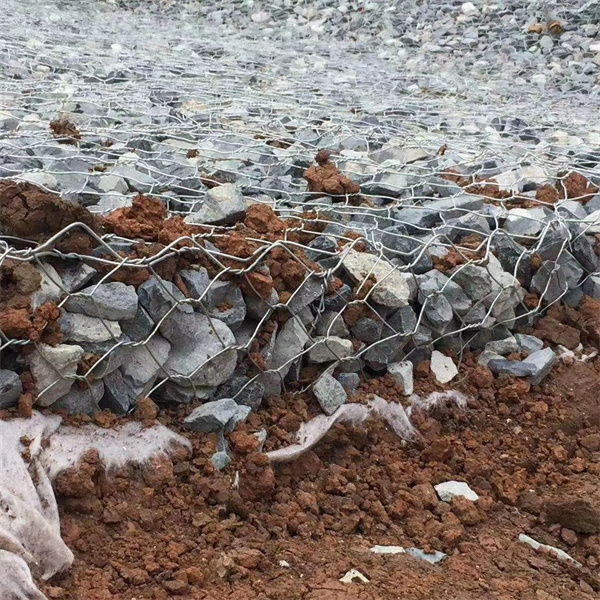Aug . 19, 2024 02:01 Back to list
China Gabion Mats for Effective Erosion Control and Landscape Design Solutions
The Emergence and Benefits of China Gabion Mat
In recent years, the use of gabion mats has gained significant traction in construction and landscaping projects worldwide, particularly in China. These wire mesh structures filled with rocks, stones, or other aggregates offer versatile solutions for erosion control, slope stabilization, and other engineering challenges. The emergence of gabion mats in China is not only a reflection of innovative engineering practices but also an essential method for enhancing environmental sustainability.
What Are Gabion Mats?
Gabion mats are essentially flattened wire baskets filled with rock or concrete materials that form a robust structure to control soil erosion and provide stability to various terrains. They can be designed in numerous sizes and configurations to suit different applications, from small gardens to large-scale engineering projects. The gabion units are typically made from galvanized steel, coated with polyvinyl chloride (PVC), ensuring they are both durable and resistant to corrosion.
Applications of Gabion Mats
1. Erosion Control One of the primary uses of gabion mats is to combat soil erosion, particularly in areas prone to heavy rainfall or flowing water. They are strategically placed in riverbanks, slopes, or commercial landscapes to protect the soil and allow vegetation to thrive. The porous structure of gabions enables water flow while providing a stable base that retains the earth.
2. Slope Stabilization In hilly or mountainous areas, gabion mats serve as an effective solution for stabilizing slopes. They are used to create a solid foundation that prevents landslides and mitigates the impact of seismic activities. The weight and structure of the filled gabions help anchor the soil, leading to long-term stability.
3. Noise Barriers In urban environments, gabion mats can also act as sound barriers. Their mass absorbs and deflects sound waves, providing a quieter atmosphere for residential areas near busy roads or industrial zones.
china gabion mat

4. Aesthetics Beyond their functional benefits, gabion mats add a unique aesthetic appeal to landscaping projects. They are often used in gardens, parks, and public spaces where they can blend naturally into the environment while providing structural support.
Environmental Benefits
The use of gabion mats aligns well with sustainable development goals. They utilize natural materials, minimizing the carbon footprint associated with manufacturing traditional concrete retaining walls. Furthermore, the open structure of gabions allows for vegetation growth, promoting biodiversity. Over time, plants can take root within the rocks, creating an eco-friendly habitat for wildlife and enhancing the local ecosystem.
Challenges and Considerations
While gabion mats offer numerous advantages, they are not without challenges. The initial installation can be labor-intensive and may require expertise to ensure proper placement and configuration. Additionally, sourcing appropriate materials and managing costs are crucial factors that need to be addressed, especially in large-scale projects.
Conclusion
In conclusion, as China continues to develop its infrastructure to accommodate growing urban populations and combat environmental issues, the use of gabion mats stands out as a practical, sustainable, and aesthetically pleasing solution. Their versatility and effectiveness in erosion control, slope stabilization, and noise mitigation make them an invaluable asset to engineering and landscaping industries. By investing in such innovative solutions, China not only addresses immediate challenges but also paves the way for a more sustainable and environmentally friendly future.
-
HESCO Gabion Baskets for Coastal Erosion Prevention
NewsAug.22,2025
-
Longevity and Durability of River Rock Gabion Walls
NewsAug.22,2025
-
How to Integrate Gabion 3D Walls in Urban Planning
NewsAug.22,2025
-
Reno Mattress Gabion Applications in Civil Engineering
NewsAug.22,2025
-
How to Install Wire Mesh for Gabion Baskets Properly
NewsAug.22,2025
-
Best Materials for Filling a Chain Link Gabion
NewsAug.22,2025
-
Wire Mesh Thickness Impact on Gabion Wall Load Bearing
NewsAug.12,2025






